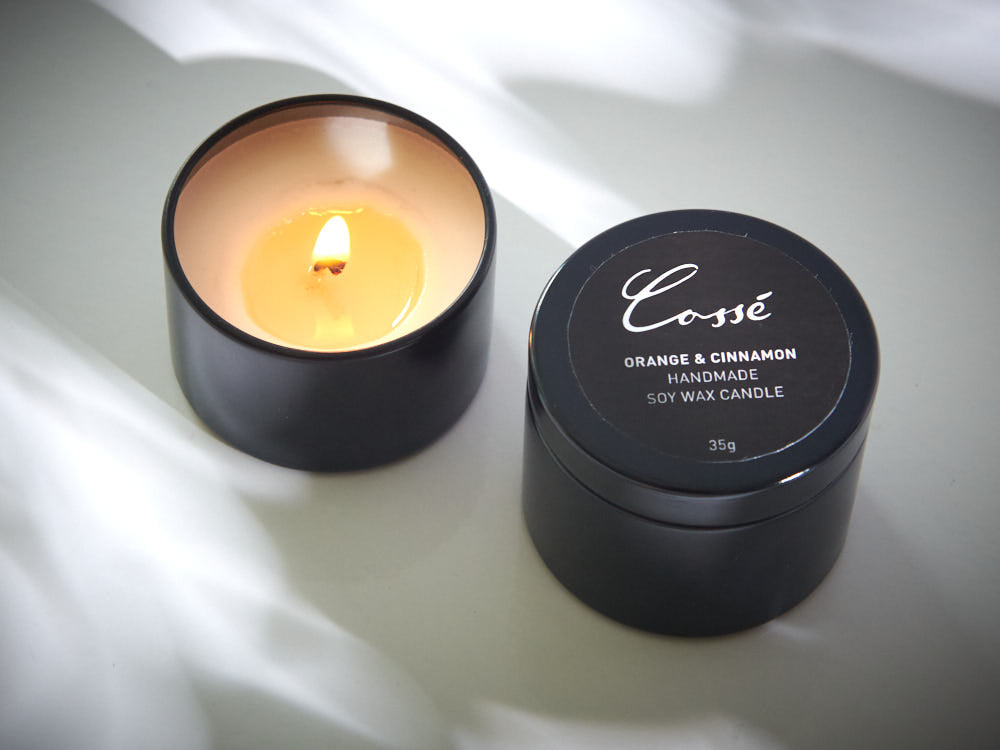Check out the World of Crystal Soy Candles and Home Fragrance Delights
Check out the World of Crystal Soy Candles and Home Fragrance Delights
Blog Article
From Wick to Wax: Recognizing the Chemistry Behind Soy Wax Candles and Their Ecological Influence
As we brighten our areas with the cozy glow of candles, there lies a realm of intricate chemistry behind the apparently straightforward act of lighting a soy wax candle. The option between soy and paraffin wax expands beyond simple looks, delving right into the realm of ecological impact and the extremely structure of the products. Comprehending the molecular framework of soy wax and its burning process clarifies the exhausts released into our surroundings. Join us as we untangle the scientific details behind soy wax candles and explore their implications on our atmosphere.
Soy Wax Vs. Paraffin Wax
When contrasting soy wax and paraffin wax for candle light production, it is necessary to comprehend the distinctive characteristics and benefits of each material. Soy wax is a natural, renewable energy originated from soybean oil, making it biodegradable and eco-friendly - candles. On the other hand, paraffin wax is a result of oil refining, which increases issues regarding its environmental influence and sustainability
Soy wax candles burn cleaner and give off less soot contrasted to paraffin wax candles, making them a healthier selection for interior air top quality. Furthermore, soy wax has a reduced melting point, enabling a longer-lasting candle light that distributes scent better. Paraffin wax, on the various other hand, has a tendency to burn faster and much less easily, potentially launching unsafe chemicals right into the air.
From a sustainability point of view, soy wax is favored for its biodegradability and renewable sourcing, straightening with the expanding consumer choice for ecologically mindful items. While paraffin wax has actually been a standard choice in candle light making as a result of its price and ease of usage, the shift towards eco-friendly choices like soy wax is getting momentum in the sector.
Chemical Structure of Soy Wax

Burning Refine in Soy Candles
The chemical composition of soy wax directly influences the burning procedure in soy candles, impacting elements such as burn time, aroma launch, and environmental impact. When a soy candle light is lit, the warmth from the flame melts the wax near the wick. This fluid wax is after that formulated the wick due to capillary activity. As the liquid wax reaches the fire, it evaporates and goes through burning. The burning procedure includes the vaporized hydrocarbons in the wax reacting with oxygen in the air to produce heat, light, water vapor, and co2.
The combustion effectiveness of soy candle lights is influenced by the check my reference purity of the soy wax article source and the top quality of the wick. Additionally, soy wax candles have a reduced ecological impact compared to paraffin candle lights due to their eco-friendly and naturally degradable nature.

Environmental Advantages of Soy Wax

Taken into consideration a sustainable option to conventional paraffin wax, soy wax supplies noteworthy ecological benefits that make it a popular selection among eco-conscious consumers. One substantial advantage of soy wax is its eco-friendly sourcing. Soy wax is stemmed from soybean oil, which is mostly cultivated in the United States. The growing of soybeans aids support neighborhood farmers and reduces the reliance on non-renewable fossil fuels used in paraffin wax production. Furthermore, soy wax is naturally degradable, indicating it damages down normally without releasing dangerous toxic substances into the environment. This particular makes soy wax candle lights a much more eco-friendly option contrasted to paraffin wax candle lights, which are made from petroleum, a non-renewable resource. Soy wax burns cleaner and produces less soot than paraffin wax, contributing to better interior air quality and minimizing the demand for cleansing and maintenance. In general, the environmental benefits of soy wax straighten with the growing demand for sustainable and environment-friendly products in the market.
Recycling and Disposal Factors To Consider
Reusing and appropriate disposal of soy wax candle lights play a vital function in maintaining ecological sustainability and decreasing waste in areas and homes. The initial action is to ensure that the candle light has actually melted totally when it comes to recycling soy wax candles. This can be attained by allowing the candle light to burn until the wick is no more functional, and after that letting the remaining wax cool and strengthen. When the wax has actually strengthened, it can be very carefully gotten rid of from the look what i found container.

In terms of disposal, if recycling is not a choice, soy wax candles are eco-friendly and can be securely taken care of in many house waste systems. It is always advised to examine with local reusing centers or waste management solutions for particular guidelines on candle disposal to guarantee correct handling and ecological defense.
Conclusion
To conclude, the chemistry behind soy wax candles exposes their ecological benefits over paraffin wax candle lights. Soy wax, derived from soybean oil, burns cleaner and produces less soot when contrasted to paraffin wax. The combustion procedure in soy candles is much more efficient, leading to a much longer and a lot more even burn. Furthermore, soy wax is sustainable and eco-friendly, making it a much more lasting option for candle production. Reusing and appropriate disposal of soy wax candle lights further add to their ecological impact.
When contrasting soy wax and paraffin wax for candle production, it is important to recognize the distinct attributes and advantages of each product (crystal soy candles).Soy wax candle lights burn cleaner and release much less residue contrasted to paraffin wax candles, making them a healthier option for indoor air top quality.Taken into consideration a sustainable alternative to conventional paraffin wax, soy wax uses remarkable ecological benefits that make it a popular option among eco-conscious customers. Soy wax burns cleaner and generates much less soot than paraffin wax, contributing to better indoor air top quality and decreasing the requirement for cleansing and upkeep.In verdict, the chemistry behind soy wax candles reveals their environmental advantages over paraffin wax candle lights
Report this page